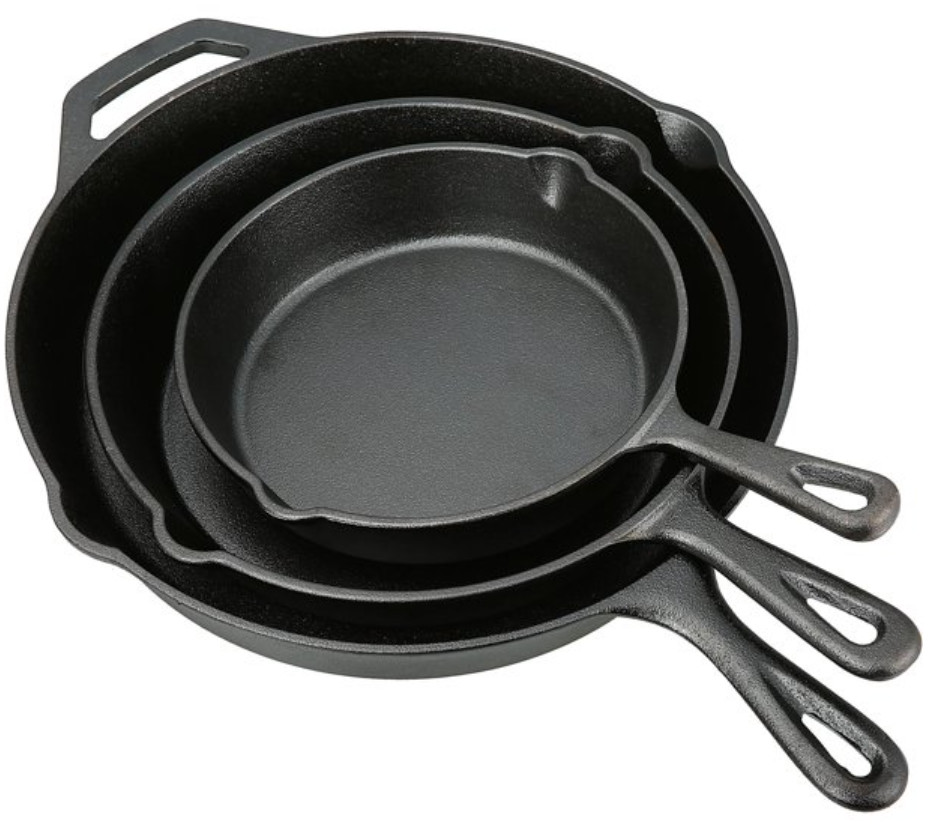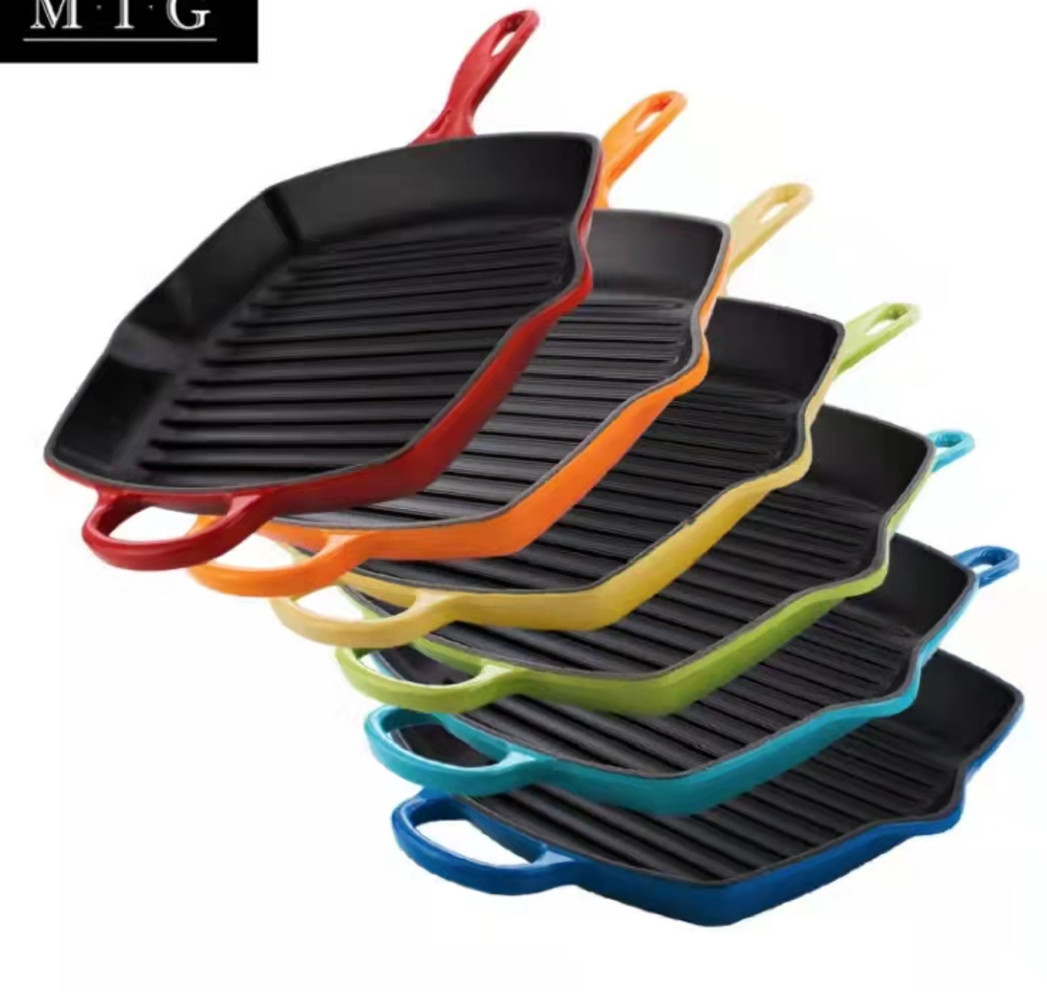- 150m Hema, West DingWei Road, Nanlou Village, Changan Town, GaoCheng Area, Shijiazhuang, Hebei, Kina
- monica@foundryasia.com
Jun . 12, 2023 18:48 Hoʻi i ka papa inoa
HE aha ka hao hao
He aha ka hao hao kuke:
ʻO nā mea kuke hao hao he mea kuke kaumaha i hana ʻia me ka hao hoʻoheheʻe ʻia no ka mālama ʻana i ka wela, ka lōʻihi, ka hiki ke hoʻohana ʻia i nā wela kiʻekiʻe loa, a me ka kuke ʻana i ka lāʻau ʻole ke hoʻomaʻamaʻa pono.
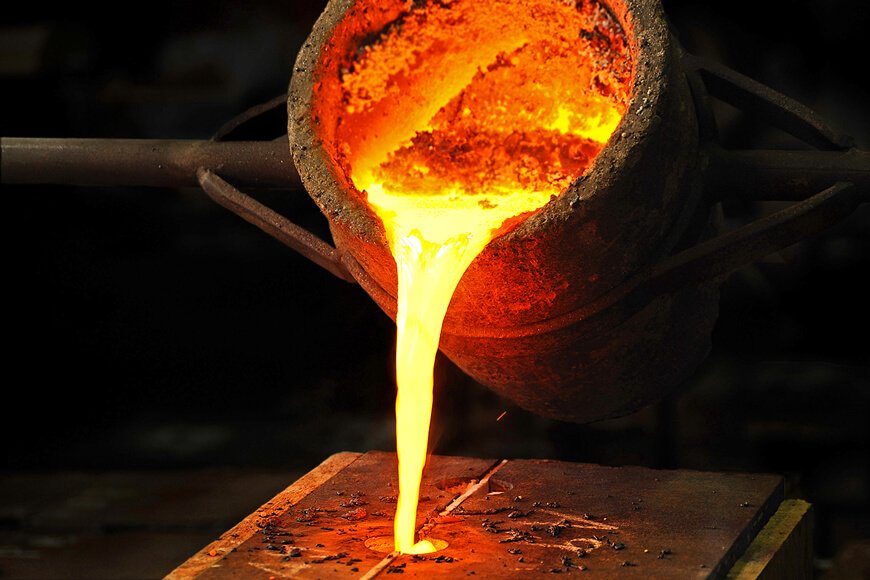
Moolelo o ka hao hao kuke
In Asia, particularly China, India, Korea and Japan, there is a long history of cooking with cast iron vessels. The first mention of a cast-iron kettle in English appeared in 679 or 680, though this wasn't the first use of metal vessels for cooking. The term pot came into use in 1180. Both terms referred to a vessel capable of withstanding the direct heat of a fire. Cast-iron cauldrons and cooking pots were valued as kitchen items for their durability and their ability to retain heat evenly, thus improving the quality of cooked meals.
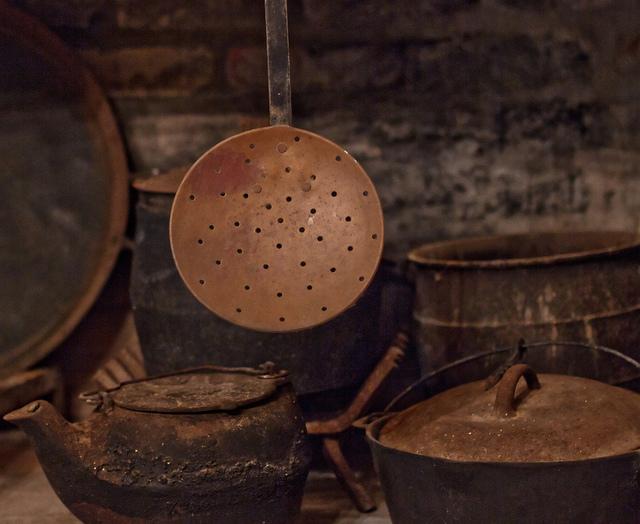
Ma ʻEulopa a me ʻAmelika Hui Pū ʻIa, ma mua o ka hoʻokomo ʻia ʻana o ka umu kīhini i ka waena o ke kenekulia 19, ua kuke ʻia nā meaʻai i loko o ka ipu ahi, a ua hoʻolālā ʻia nā ipu kuke a me nā pā no ka hoʻohana ʻana i ka ipu ahi, a i ʻole e hoʻokuʻu ʻia i loko.
Cast-iron pots were made with handles to allow them to be hung over a fire, or with legs so that they could stand in the coals. In addition to Dutch ovens with three or four feet, which Abraham Darby I secured a patent in 1708 to produce, a commonly used cast-iron cooking pan called a spider had a handle and three legs allowing it to stand upright over campfires as well as in the coals and ashes of a fireplace.
Hoʻohana ʻia nā ipu kuke a me nā pā me nā wāwae wāwae ʻole, palahalaha i ka wā i kaulana ai nā kapuahi kuke; ʻO kēia manawa o ka hopena o ke kenekulia 19 i ʻike i ka hoʻokomo ʻana o ka palahalaha
cast-iron skillet.
Ua kaulana loa ka ipu hao hao ma waena o nā mea hana hale i ka hapa mua o ke kenekulia 20. He mea kūʻai kūʻai kūʻai kūʻai akā paʻa. ʻO ka hapa nui o nā ʻohana ʻAmelika i loaʻa i hoʻokahi pā kuke hao hao.
Ua ʻike pū ke kenekulia 20 i ka hoʻolauna ʻana a me ka hoʻolaha ʻana o nā mea kuke i hoʻoheheʻe ʻia i ka enamel.
Today, of the large selection of cookware that can be purchased from kitchen suppliers, cast iron comprises only a small fraction. However, the durability and reliability of cast iron as a cooking tool has ensured its survival. Cast-iron pots and pans from the 19th and 20th century continue to see daily use to the present day. They are also highly sought after by antique collectors and dealers. Cast iron has also seen a resurgence of its popularity in specialty markets. Through cooking shows, celebrity chefs have brought renewed attention to traditional cooking methods, especially the use of cast iron.
Nā huahana pono
ʻO nā ʻano mea kuke hao hao e like me nā pā palai, nā umu Dutch, nā pahu, nā hao waffles, ka paʻi panini, nā mea palai hohonu, nā woks, fondu a me nā potjies.
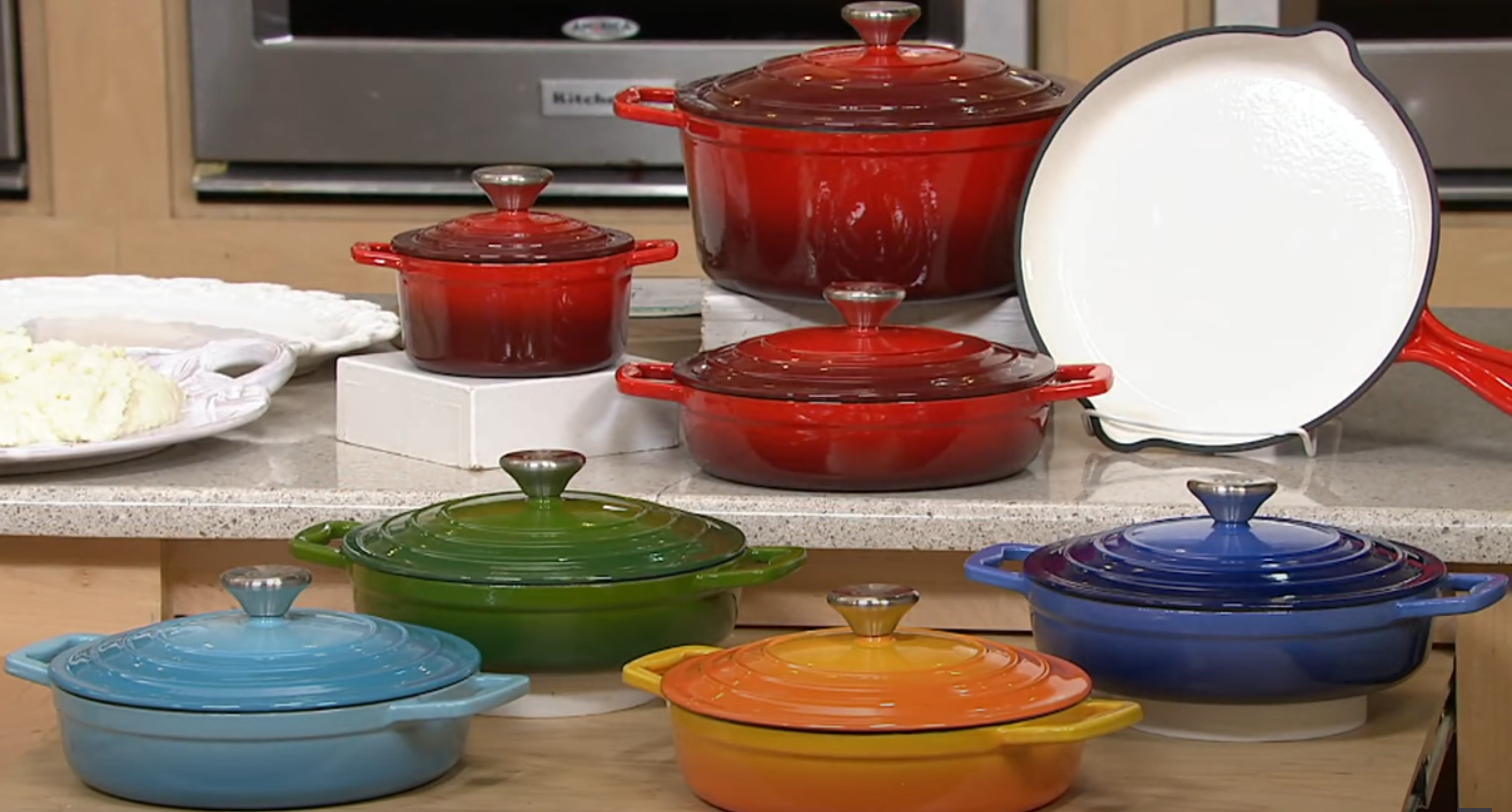
Nā pōmaikaʻi o nā mea kuke hao hao
Cast iron's ability to withstand and maintain very high cooking temperatures makes it a common choice for searing or frying, and its excellent heat retention makes it a good option for long-cooking stews or braised dishes.
Because cast-iron skillets can develop a "non-stick" surface when cared for properly, they are excellent for frying potatoes or preparing stir-fries. Some cooks consider cast iron a good choice for egg dishes, while others feel the iron adds an off-flavor to eggs. Other uses of cast-iron pans include baking, for instance for making cornbread, cobblers and cakes.
Many recipes call for the use of a cast-iron skillet or pot, especially so that the dish can be initially seared or fried on the stovetop then transferred into the oven, pan and all, to finish baking. Likewise, cast-iron skillets can double as baking dishes. This differs from many other cooking pots, which have varying components that may be damaged by the excessive temperatures of 400 °F (204 °C) or more.
-
Product introduction of Changan Cast Iron Co., LTD
NūhouJan.24,2024
-
The Impact of the Leidenfrost Effect on Non-Stick Properties of Cast Iron Titanium Coated Cookware
NūhouJan.24,2024
-
Ke ʻimi nei i ka Māhele Kuʻina——Nā Paʻa Paʻa Kūʻē Kūʻē Kūʻē Kūʻē Kūʻai maʻamau
NūhouJan.03,2024
-
Hoʻonohonoho hou ʻia ka Hale Hana Packaging me ka waihona a me ka waihona 3D no nā waiwai
NūhouDek.29,2023
-
Hiki ke hana maikaʻi ʻia ka hoʻomaʻemaʻe ʻana i ka ipu enamel hao i hoʻohana ʻia me kēia mau ʻanuʻu:
NūhouDek.27,2023
-
Hoʻolālā Metallographic no ka enamel ma ka hao
NūhouDek.27,2023
